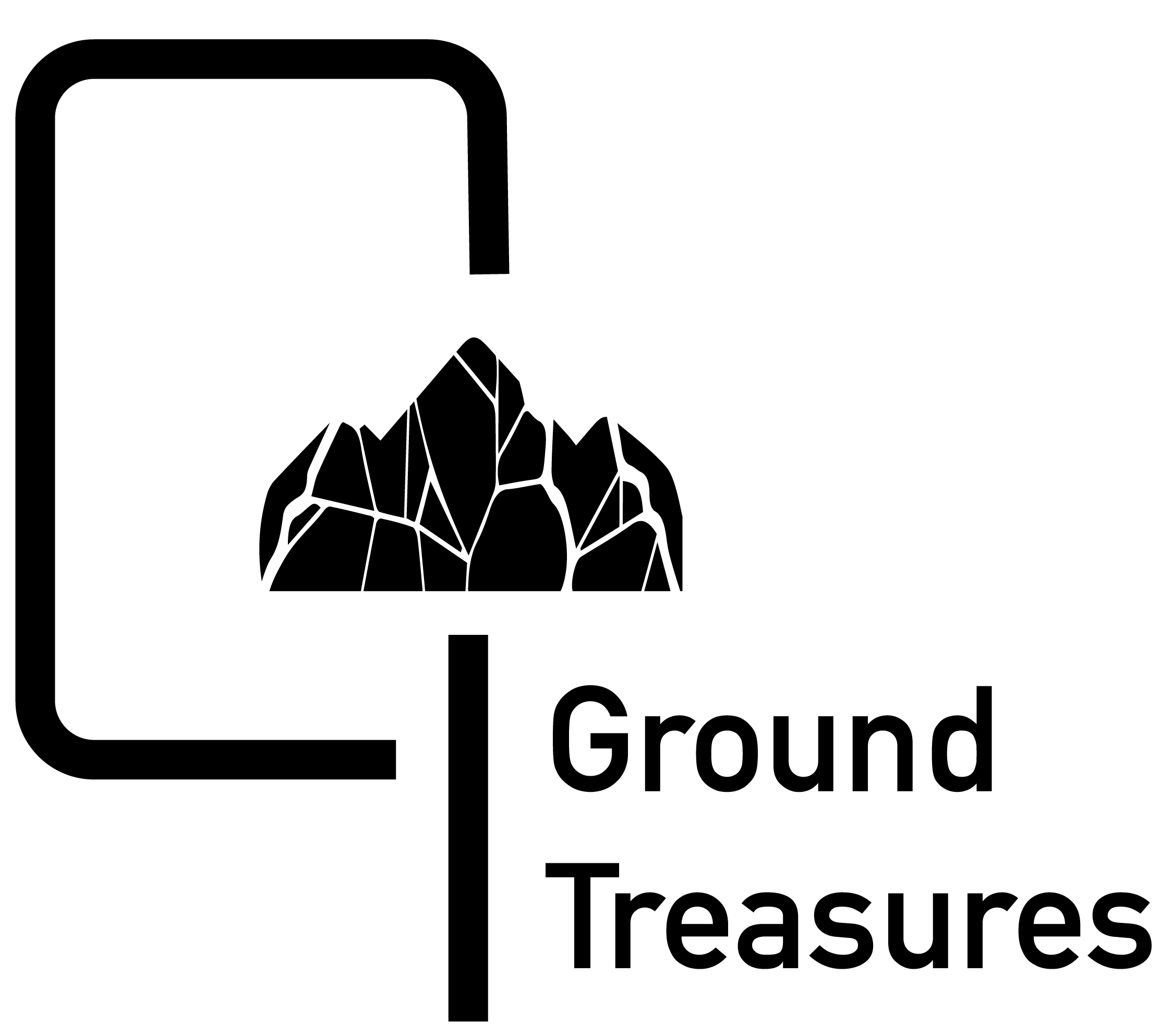Coal
About Coal
Coal is a black or brownish-black sedimentary rock that can be burned for fuel and used to generate electricity. It is composed mostly of carbon and hydrocarbons, which contain energy that can be released through combustion (burning).
Fossil fuels are formed from the remains of ancient organisms. Because coal takes millions of years to develop and there is a limited amount of it, it is a nonrenewable resource.
The conditions that would eventually create coal began to develop about 300 million years ago, during the Carboniferous period. During this time, the Earth was covered in wide, shallow seas and dense forests. The seas occasionally flooded the forested areas, trapping plants and algae at the bottom of a swampy wetland. Over time, the plants (mostly mosses) and algae were buried and compressed under the weight of overlying mud and vegetation.
As the plant debris sifted deeper under Earth’s surface, it encountered increased temperatures and higher pressure. Mud and acidic water prevented the plant matter from coming into contact with oxygen. Due to this, the plant matter decomposed at a very slow rate and retained most of its carbon (source of energy).
Under the right conditions, peat transforms into coal through a process called carbonization. Carbonization takes place under incredible heat and pressure. About 3 meters (10 feet) of layered vegetation eventually compresses into a third of a meter (1 foot) of coal.
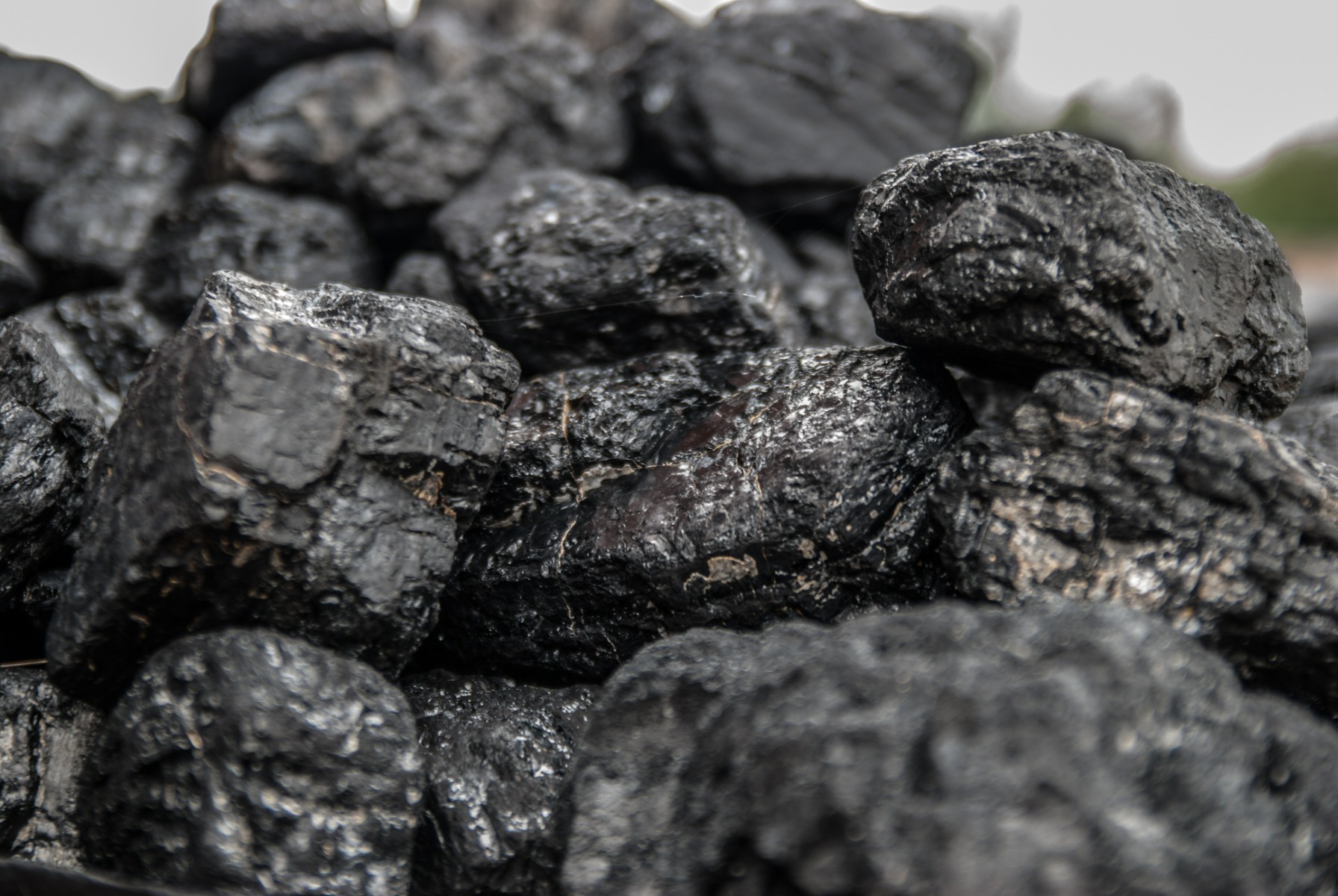
Coal Types
About Peat
Peat is not coal, but can eventually transform into coal under the right circumstances. Peat is an accumulation of partly decayed vegetation that has gone through a small amount of carbonization.
However, peat is still considered part of the coal “family” because it contains energy that its original plants contained. It also contains high amounts of volatile matter and gases such as methane and mercury, which are environmentally hazardous when burned.
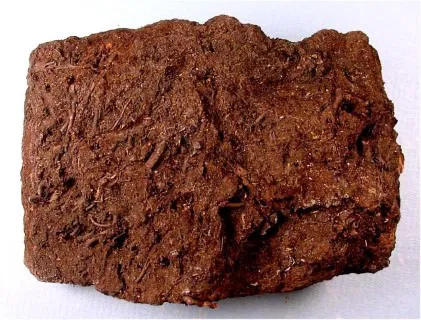
About Lignite
Lignite coal is the lowest rank of coal. It has carbonized past the point of being peat, but contains low amounts of energy—its carbon content is about 25-35%. It comes from relatively young coal deposits, about 250 million years old.
Lignite, a crumbly brown rock also called brown coal or rosebud coal, retains more moisture than other types of coal. This makes it expensive and dangerous to mine, store, and transport. It is susceptible to accidental combustion and has very high carbon emissions when burned. Most lignite coal is used in power stations very close to where it was mined.
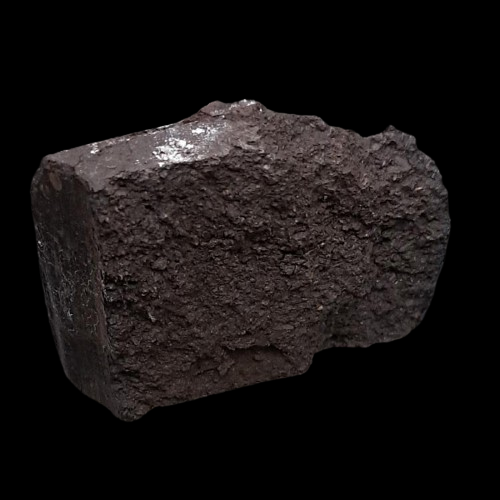
About Sub-Bituminous Coal
Sub-bituminous coal is about 100 million years old. It contains more carbon than lignite, about 35-45%. In many parts of the world, sub-bituminous coal is considered “brown coal,” along with lignite. Like lignite, sub-bituminous coal is mainly used as fuel for generating electricity.
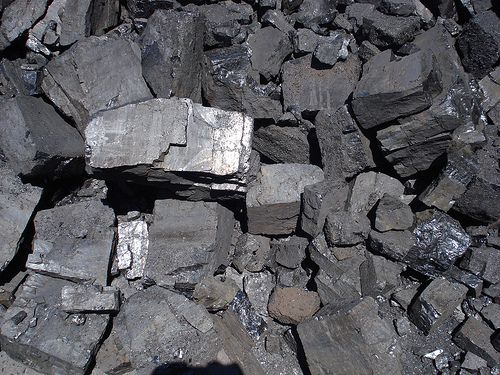
About Bituminous Coal
Peat is not coal, but can eventually transform into coal under the right circumstances. Peat is an accumulation of partly decayed vegetation that has gone through a small amount of carbonization.
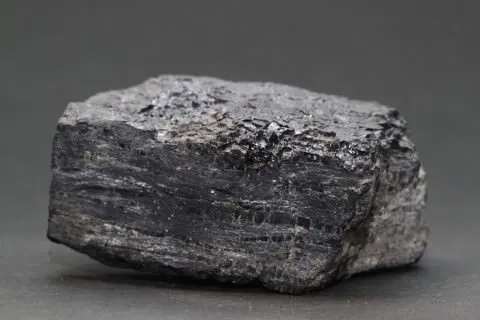
About Anthracite
Anthracite is the highest rank of coal. It has the most amount of carbon, up to 97%, and therefore contains the most energy. It is harder, more dense, and more lustrous than other types of coal. Almost all the water and carbon dioxide have been expelled, and it does not contain the soft or fibrous sections found in bituminous coal or lignite.
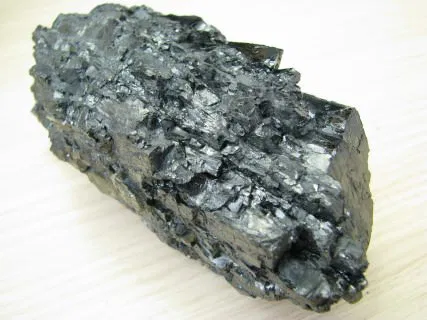
Coal uses
Generating Electricity.
Production of Steel.
Gasification and Liquefaction.
In cold regions and in developing or underdeveloped countries coal is still used as fuel for cooking and a source of heat.
Many industries use coal to manufacture certain products. Some of the popular industries which make use of coal are the cement industry, paper and aluminum industry, chemical and pharma industry amongst others.
Coal provides numerous raw materials like benzol, coal tar, sulphate of ammonia, creosote, etc. to chemical industries. Coal is mostly used as a source of energy is most of the industries.
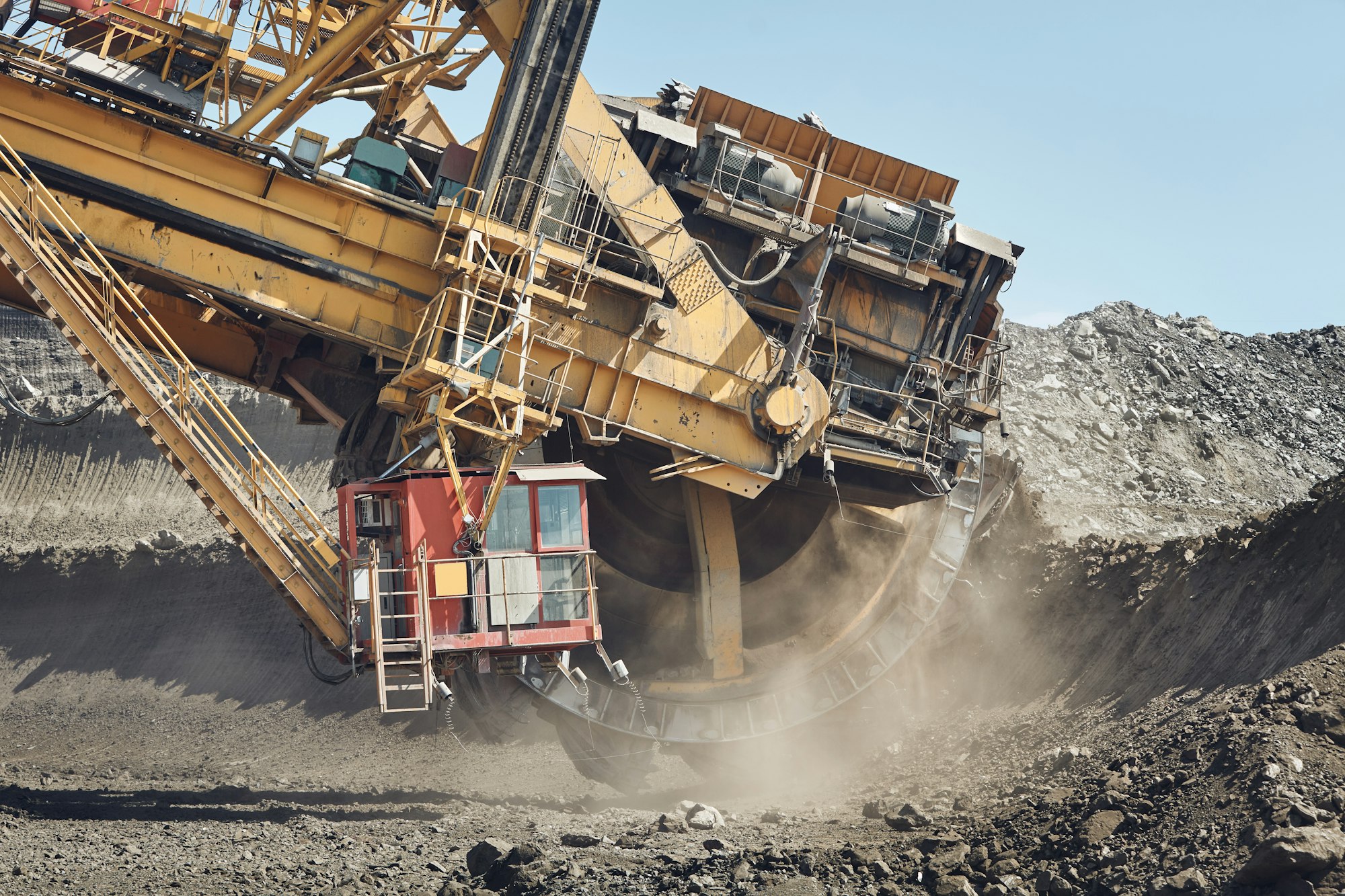
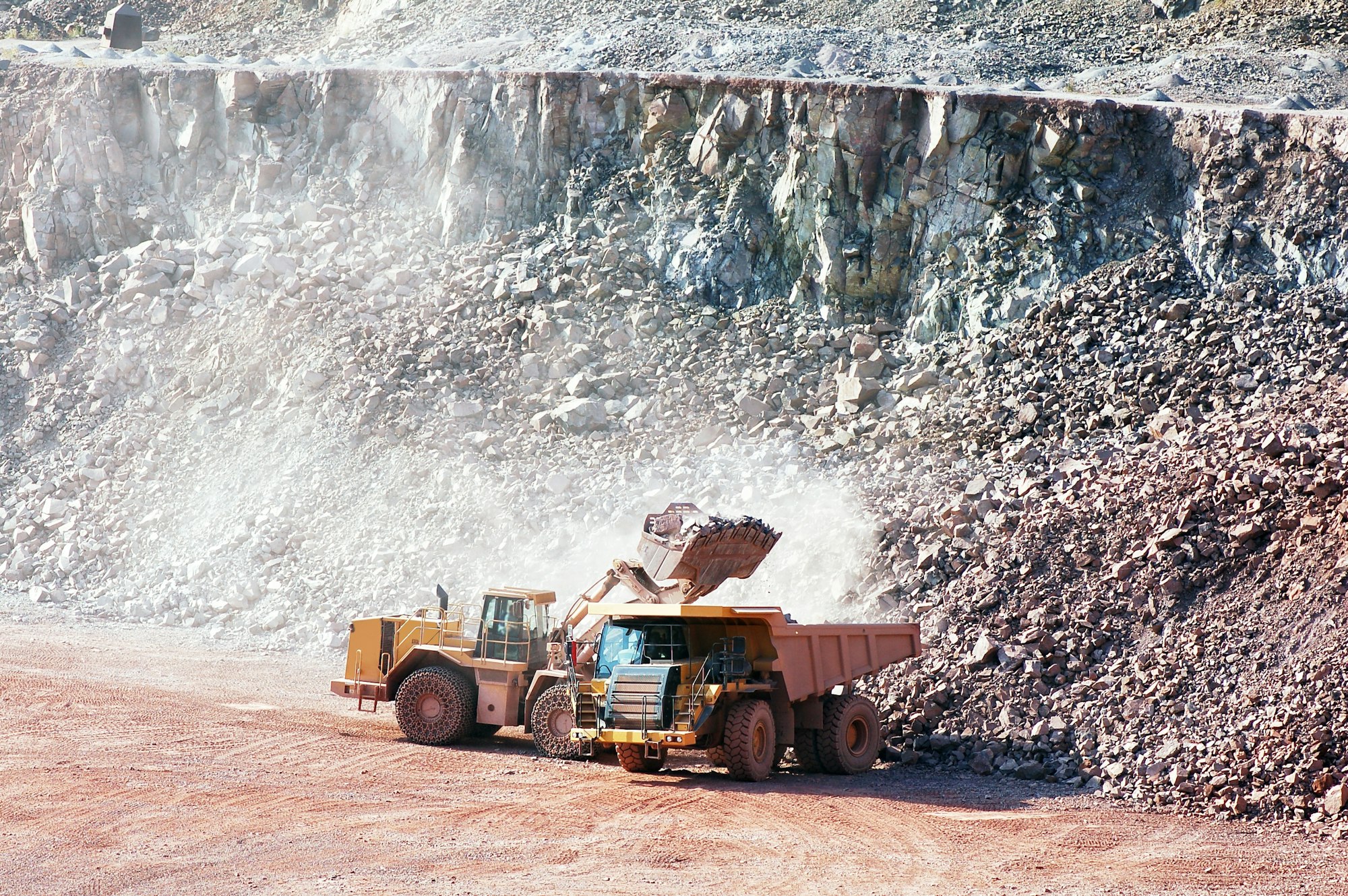
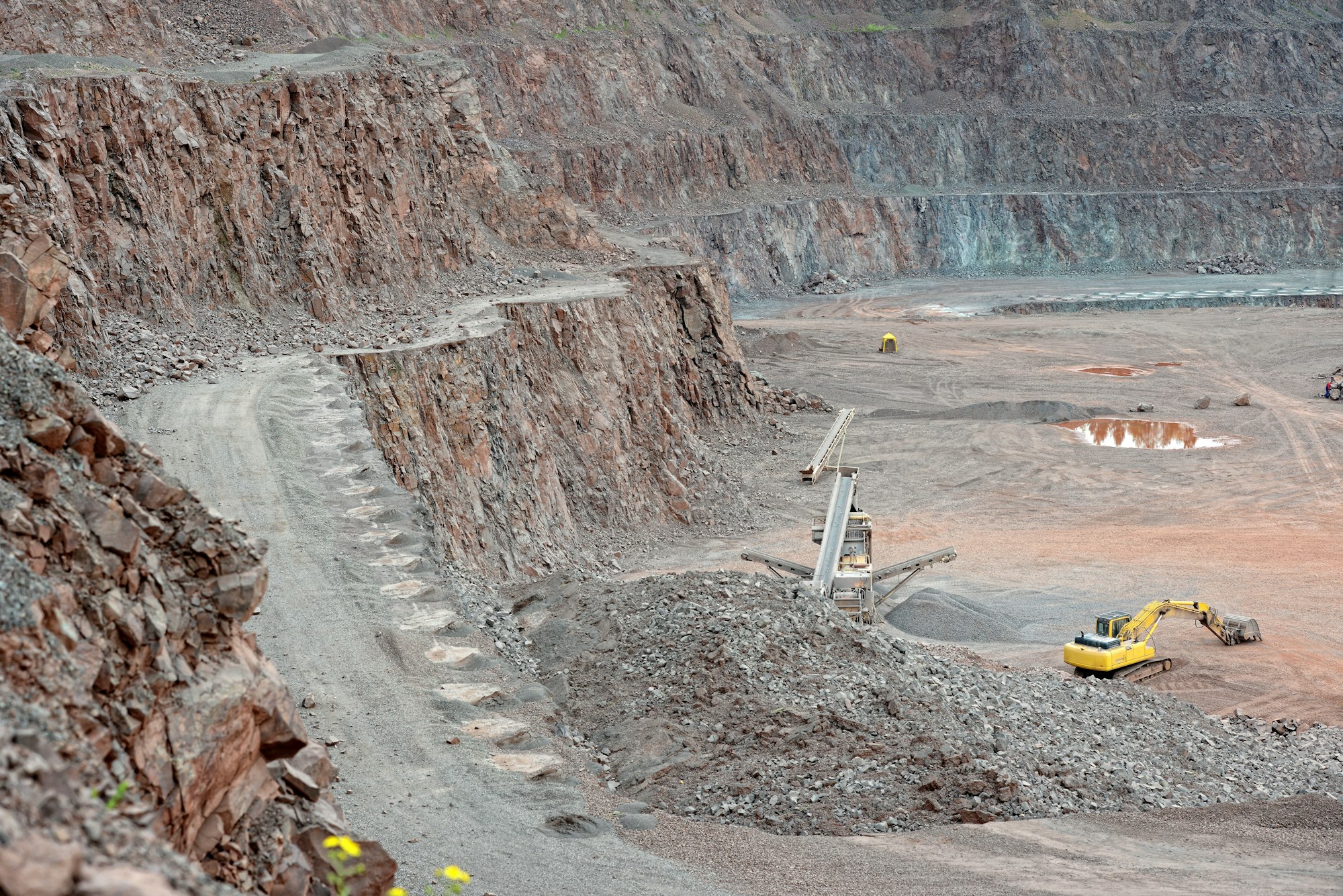
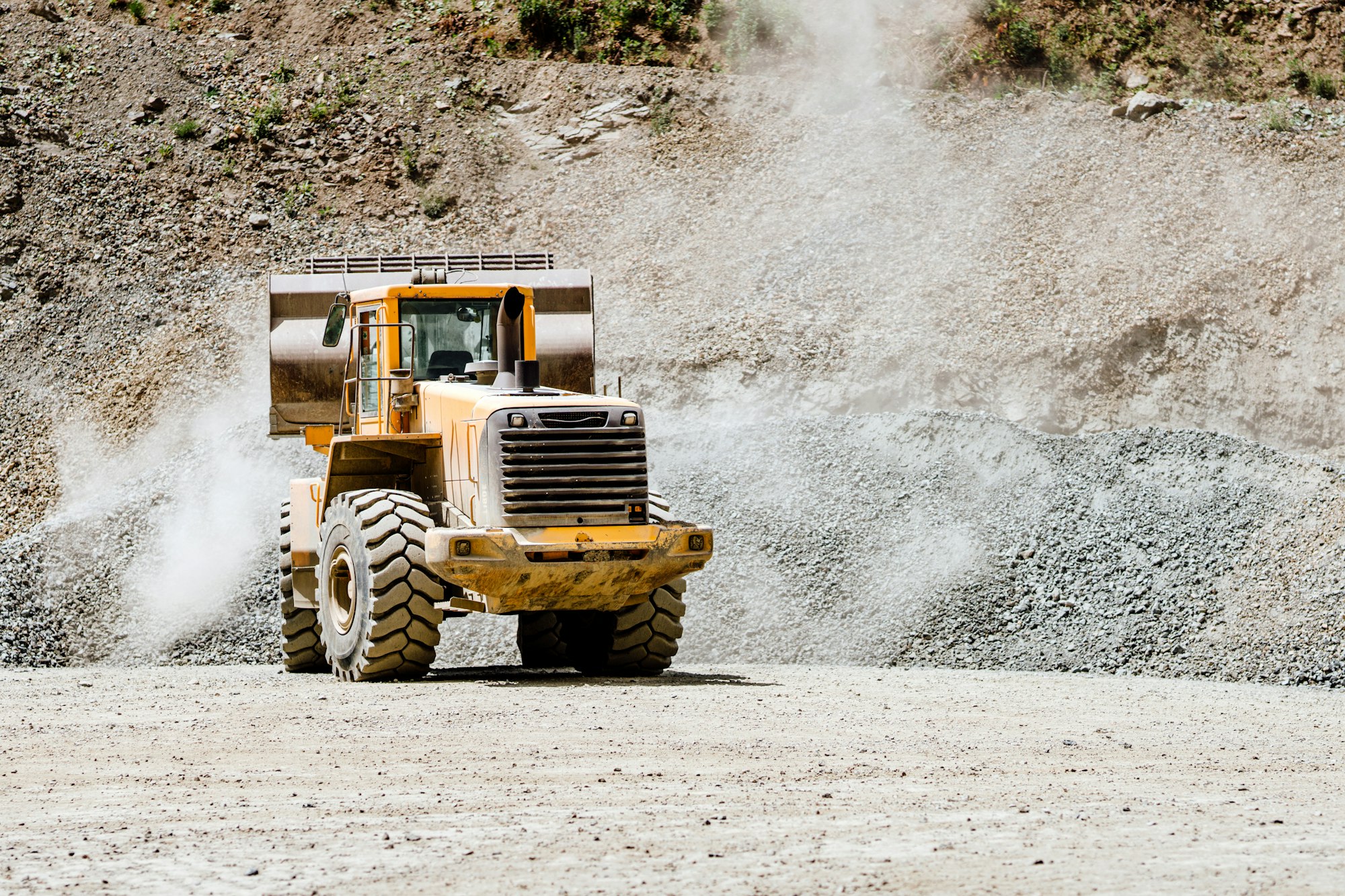
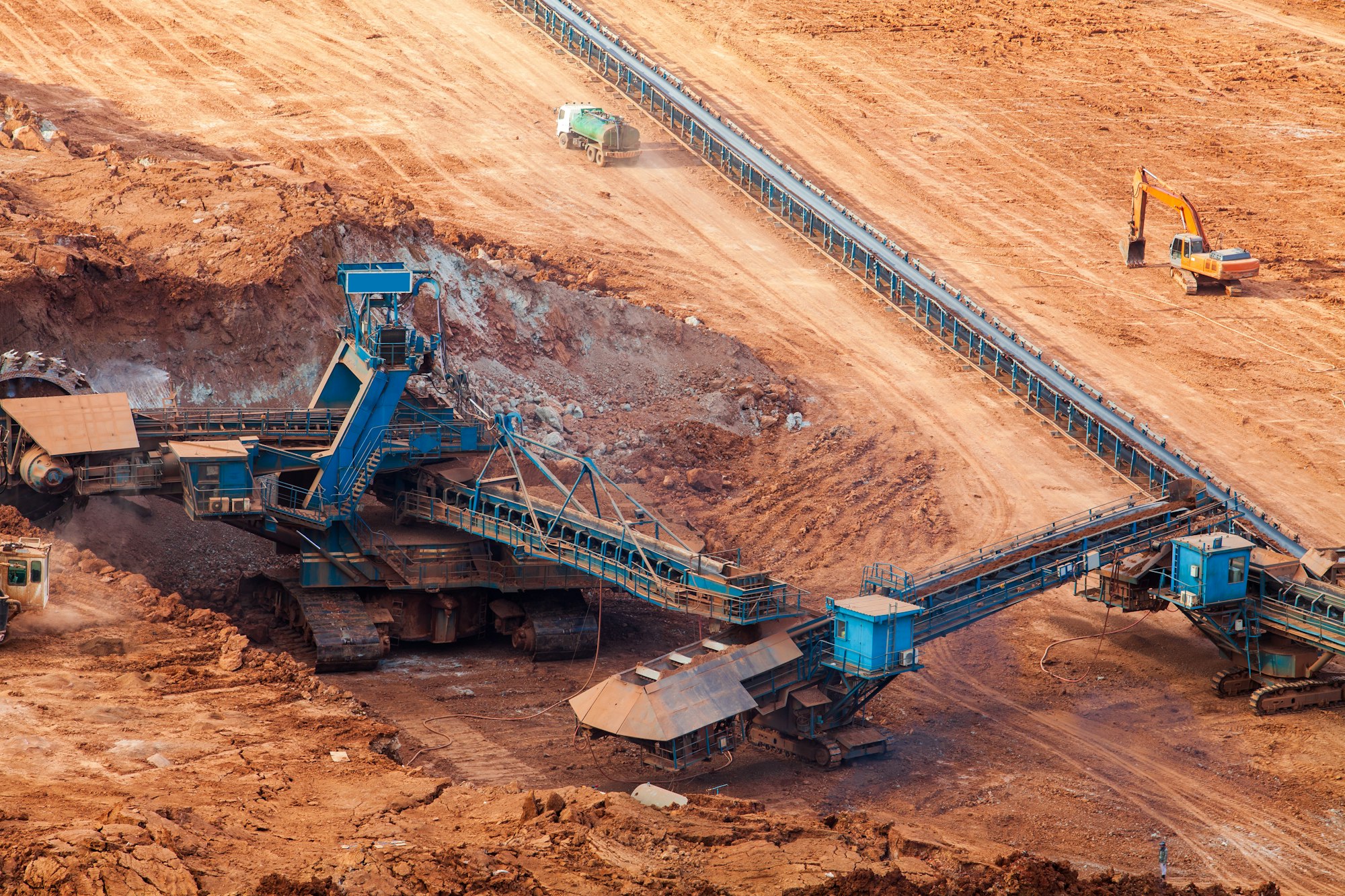
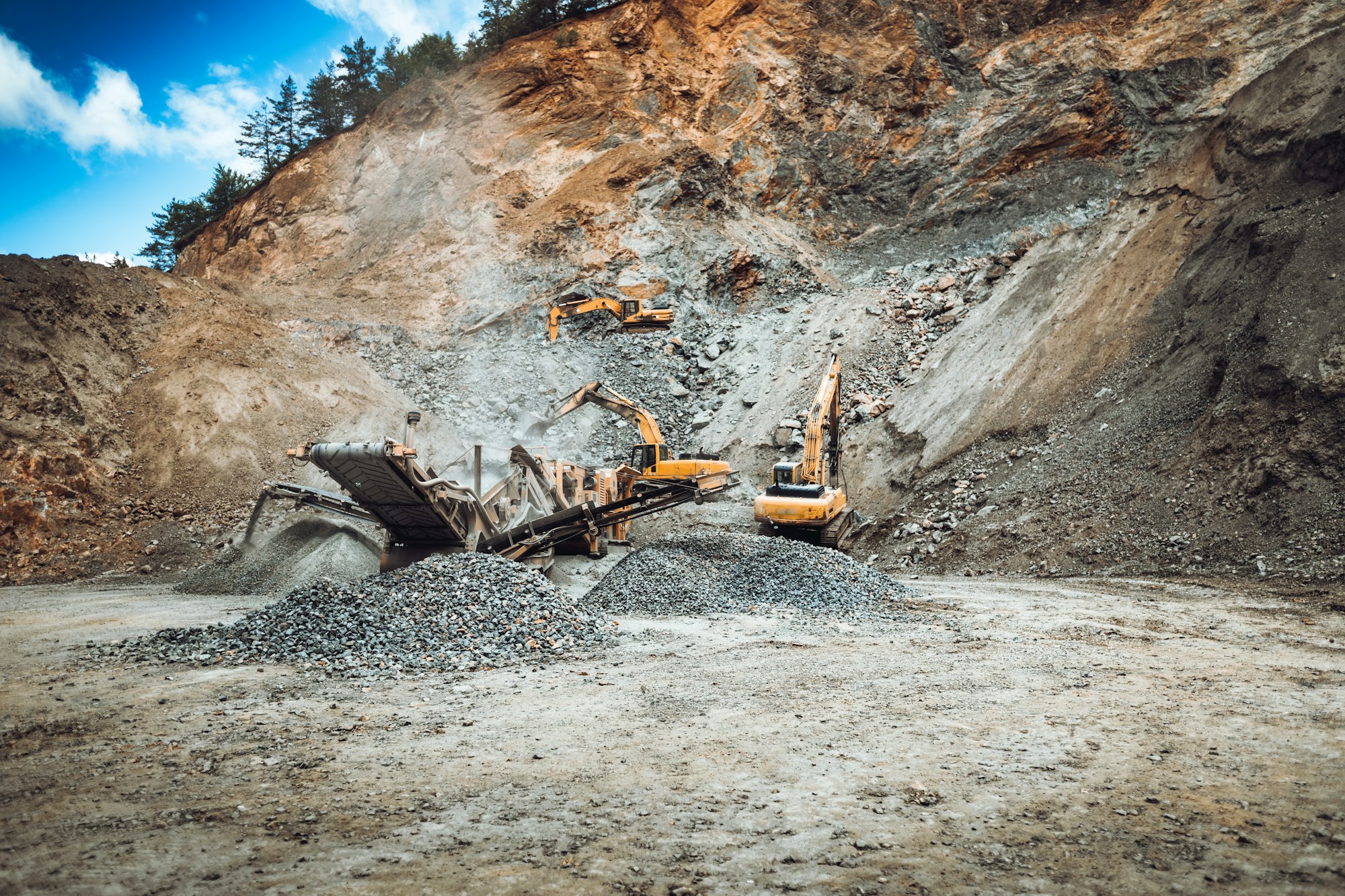
Locations in Egypt
Oyoun Moussa
bideah w thurah
Al-Magharah
See how we're transforming the industry. Get involved today!
Unlock the potential beneath the surface. Partner with us for your next mining project. Contact us today!

